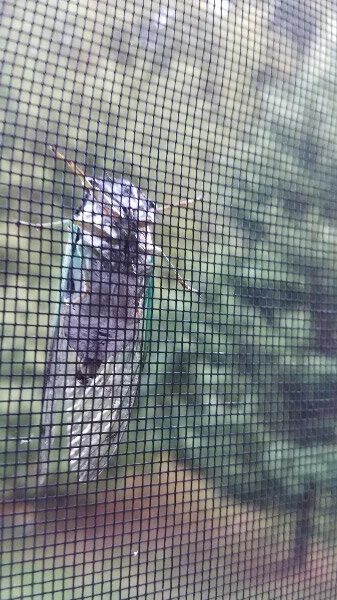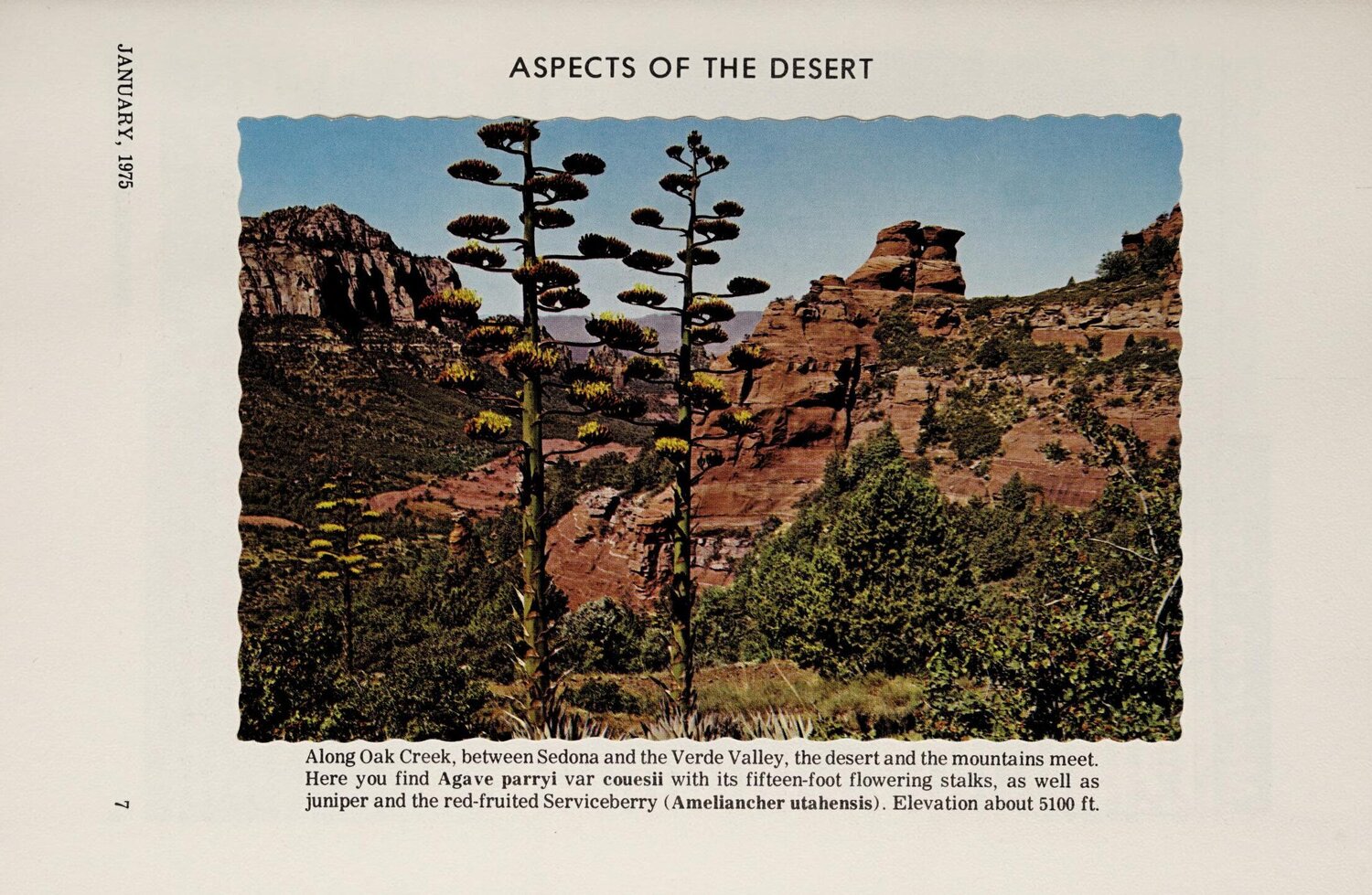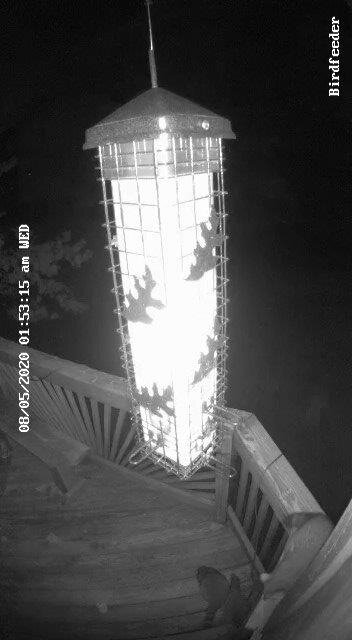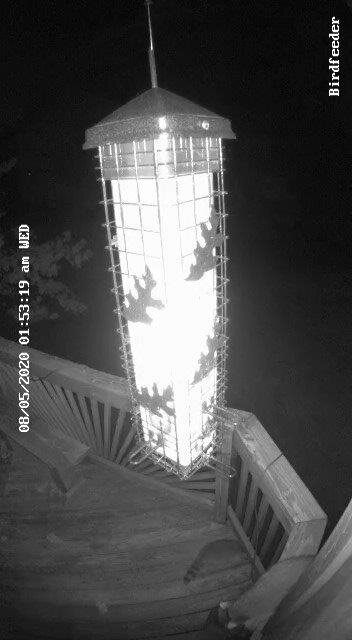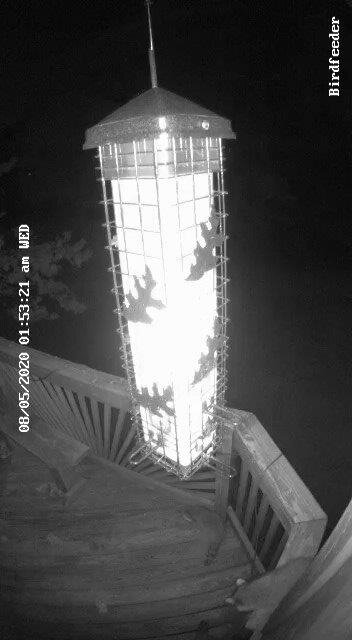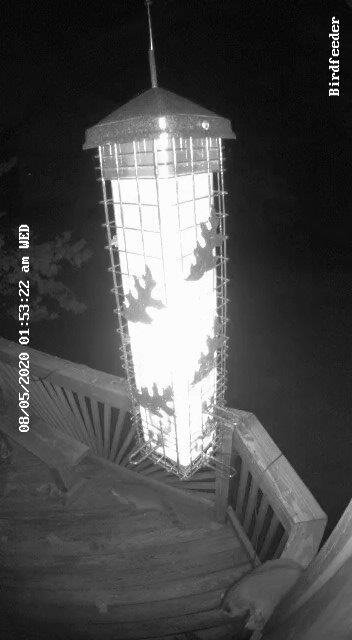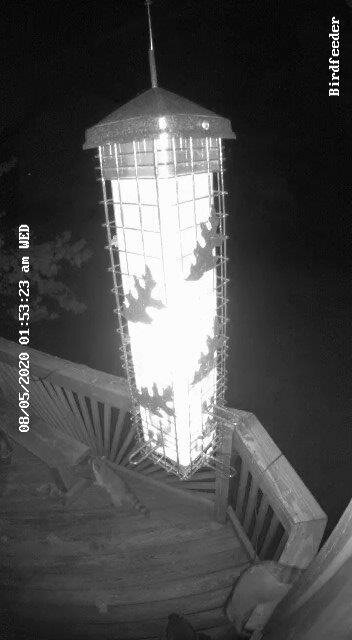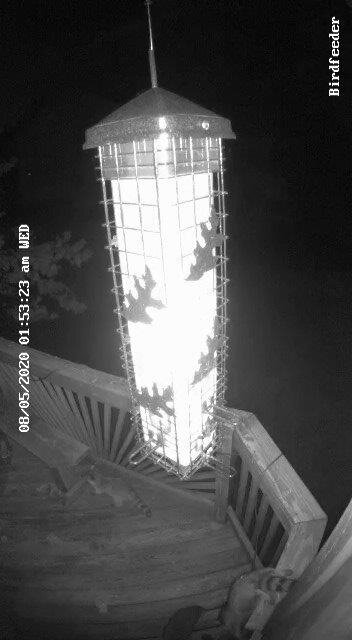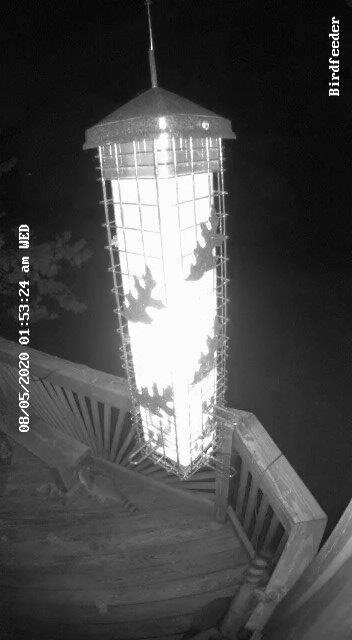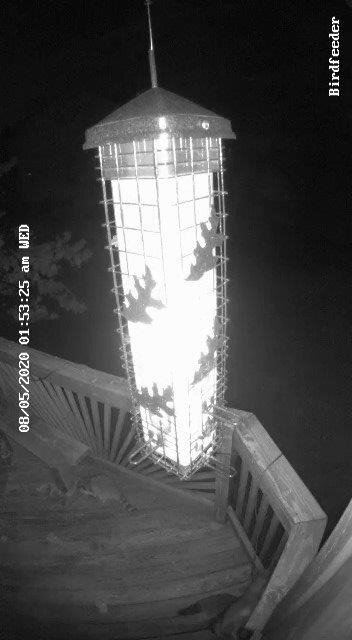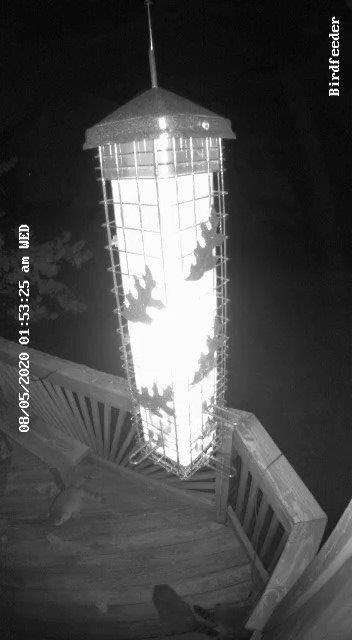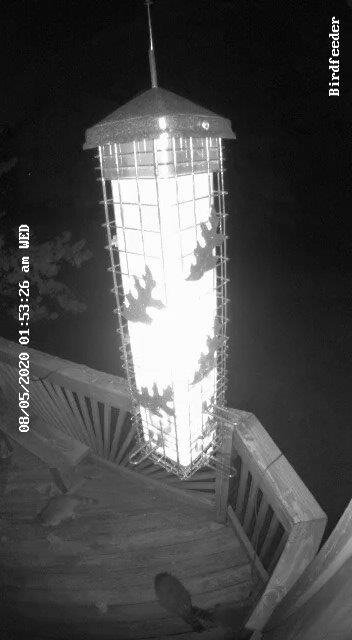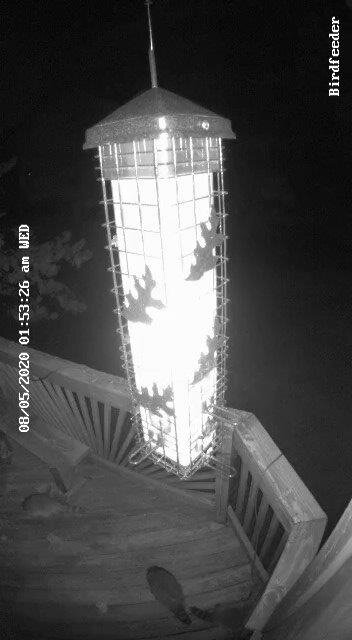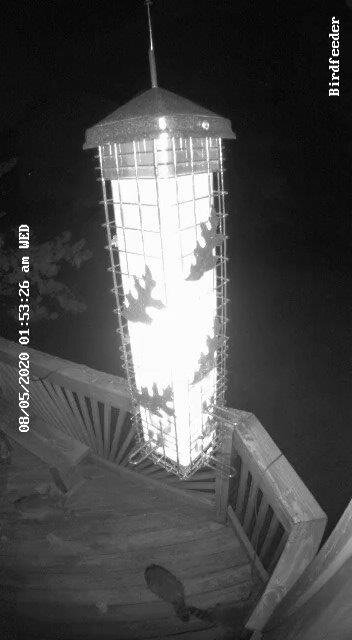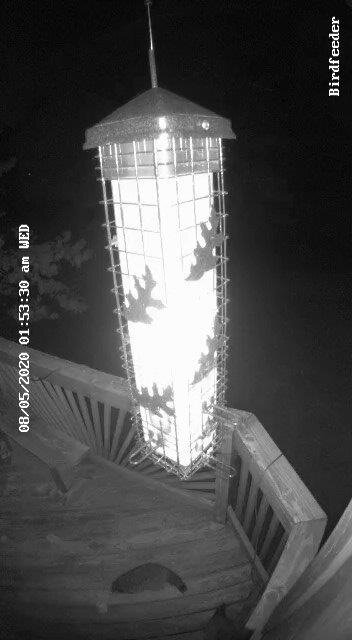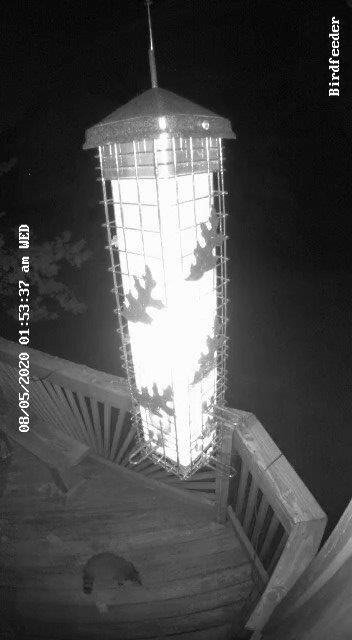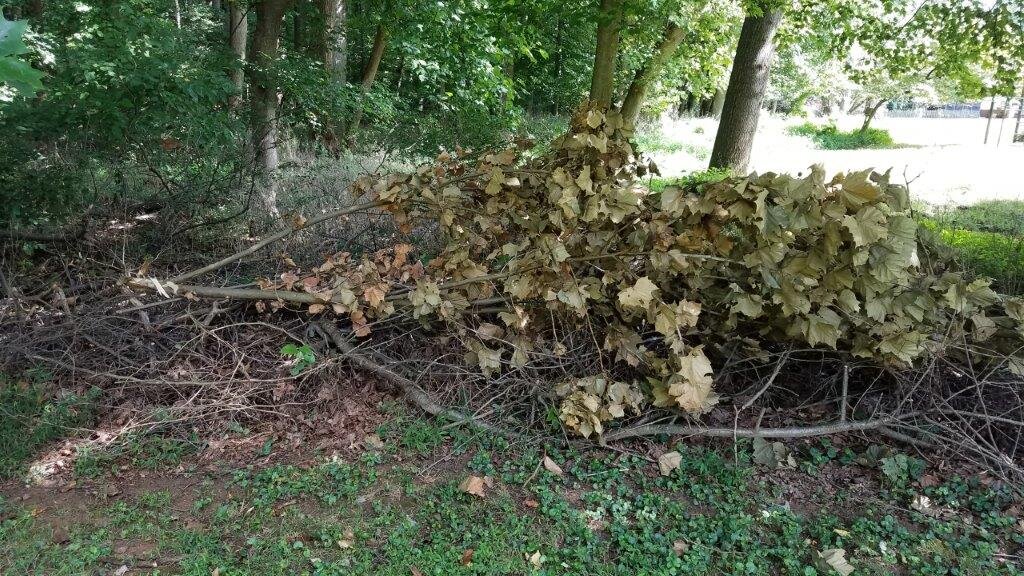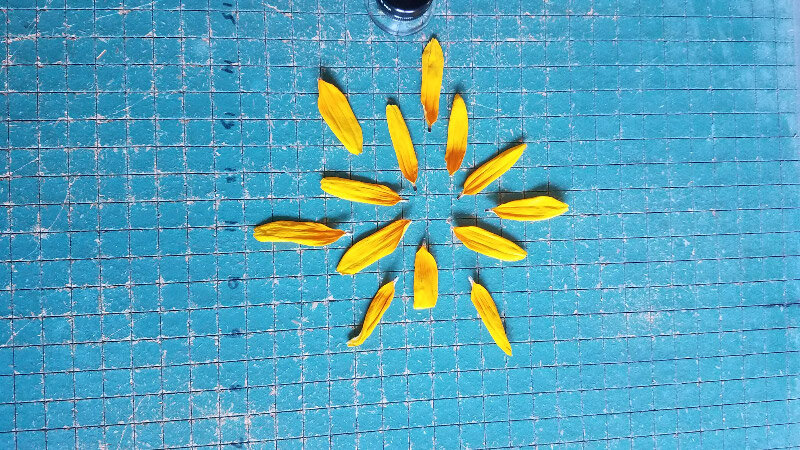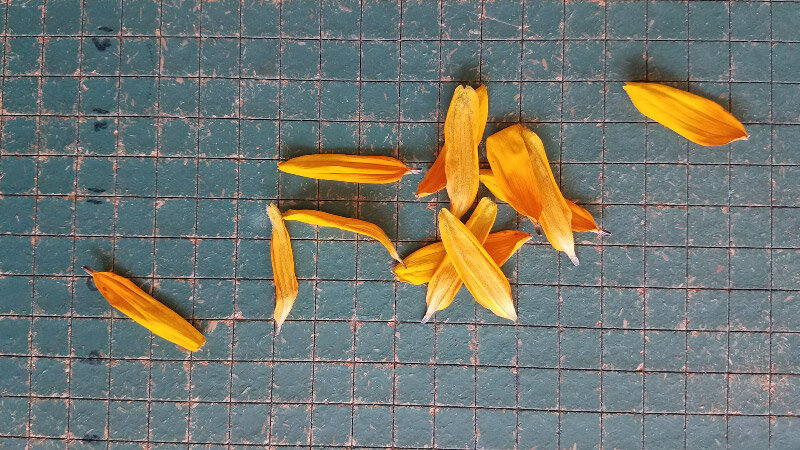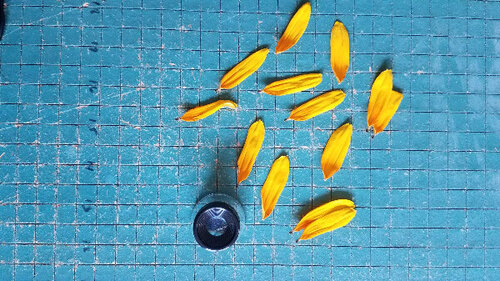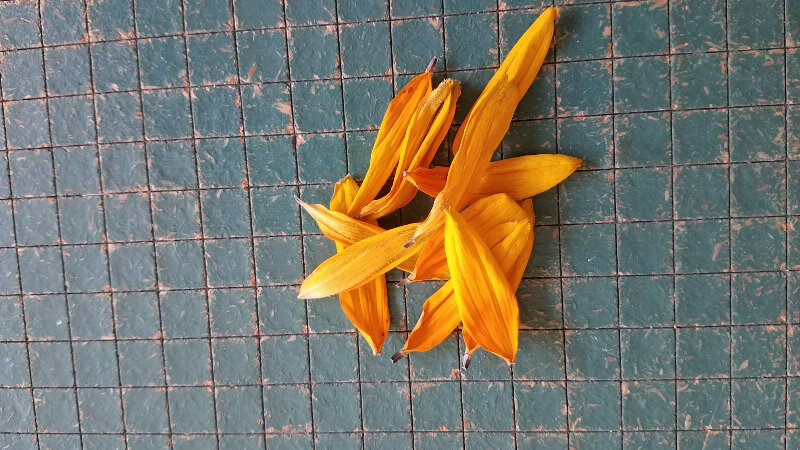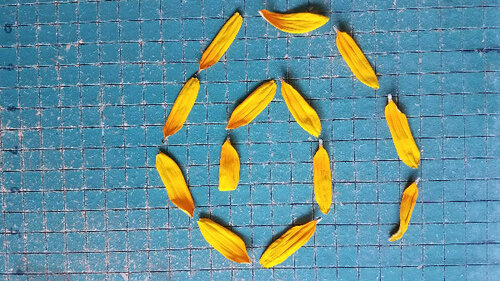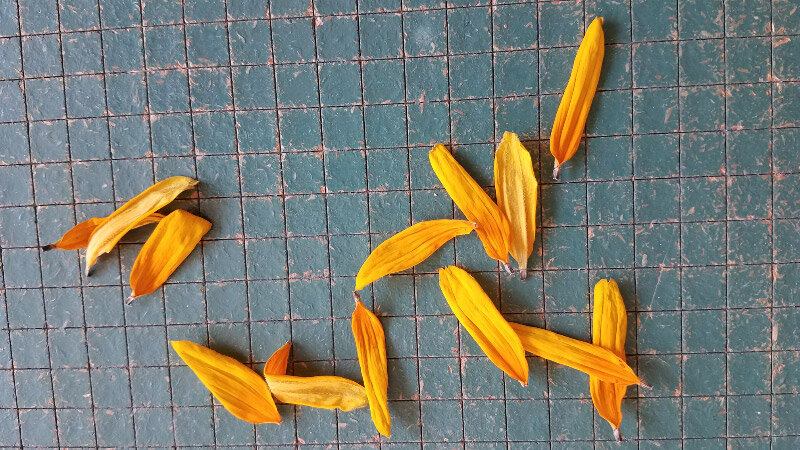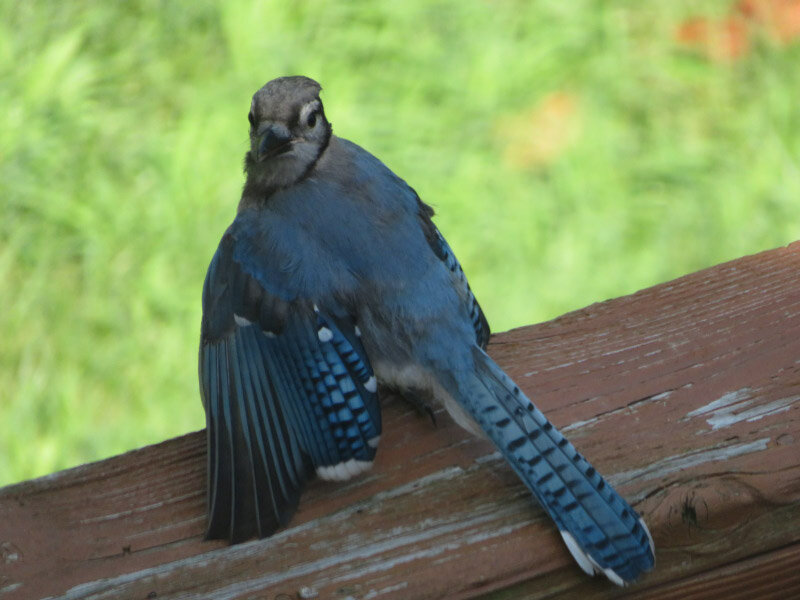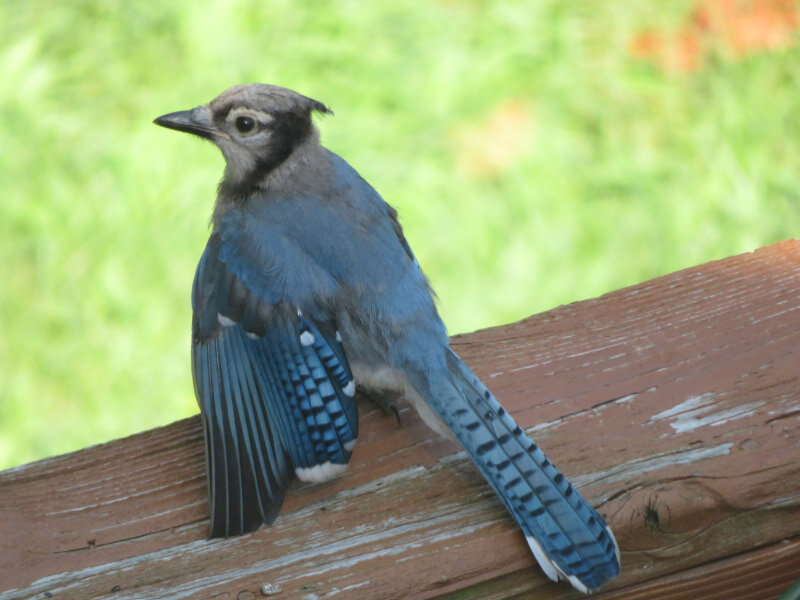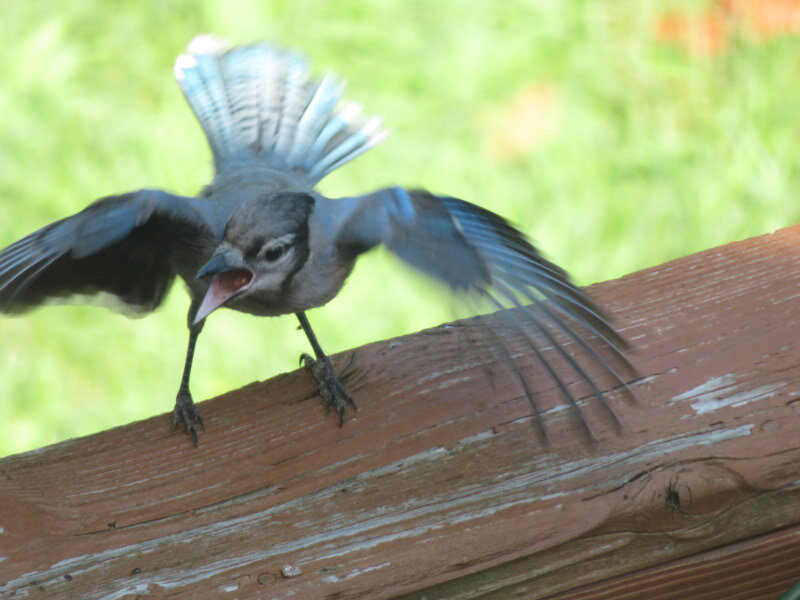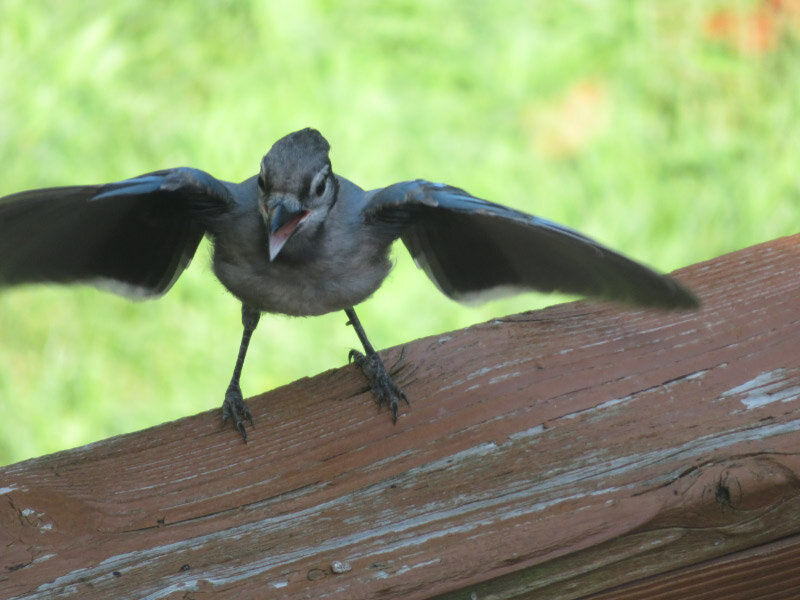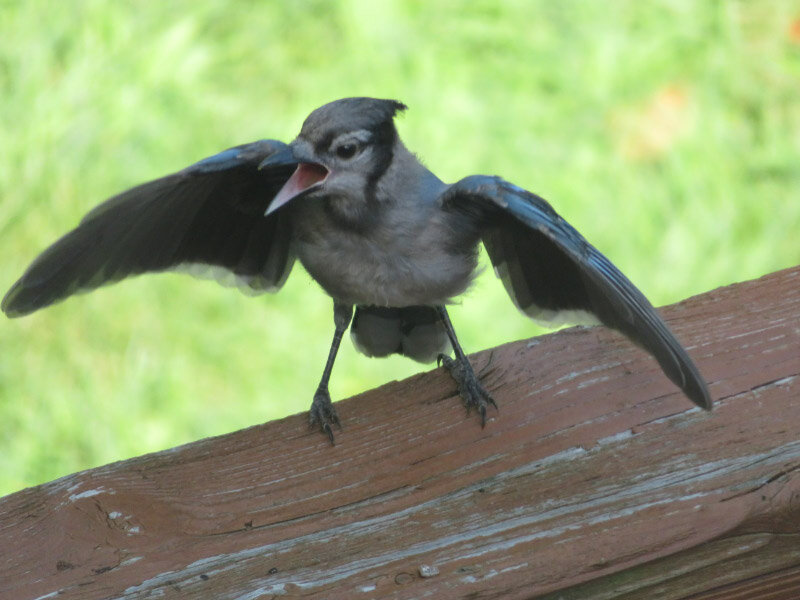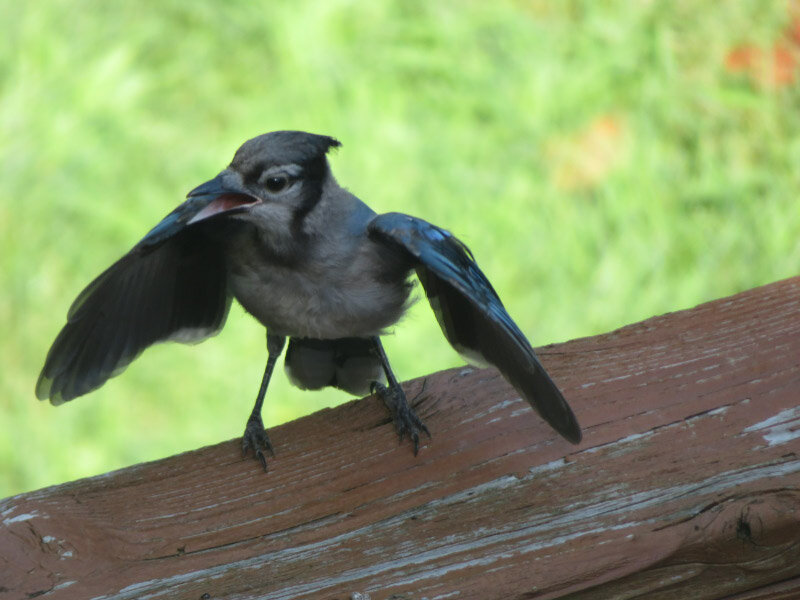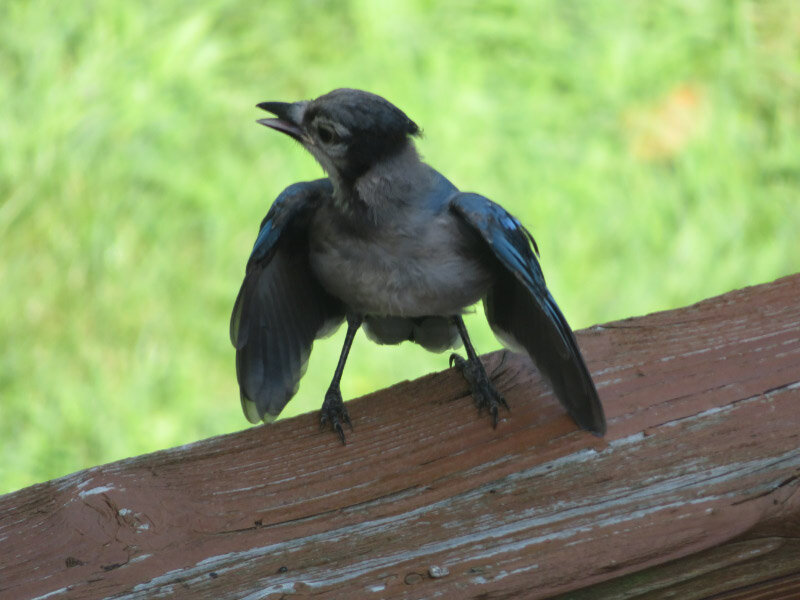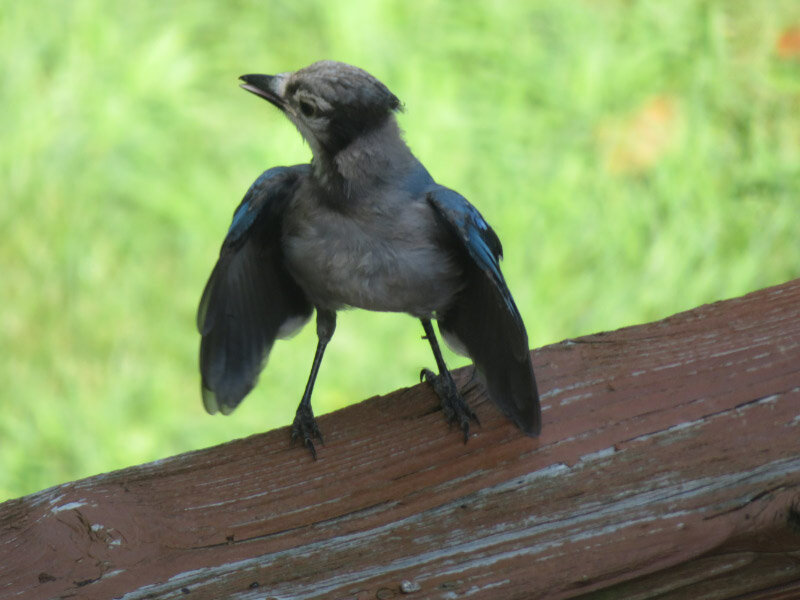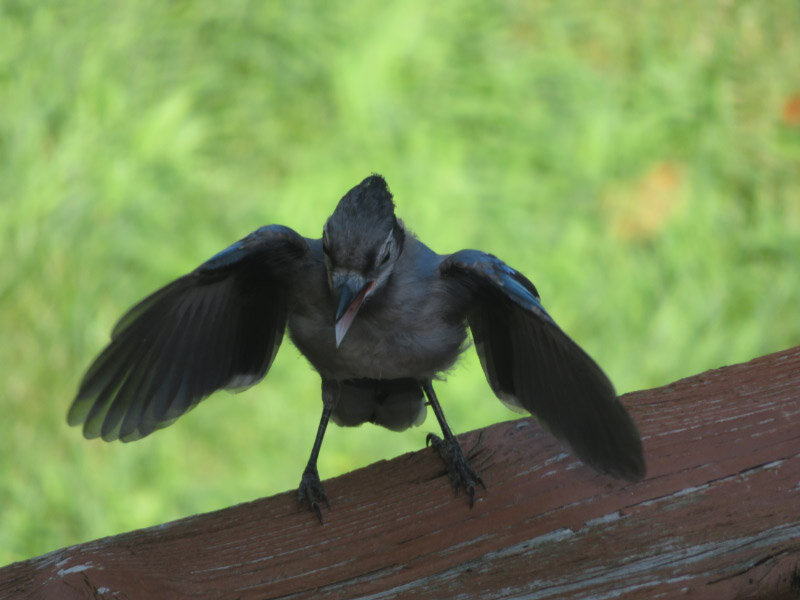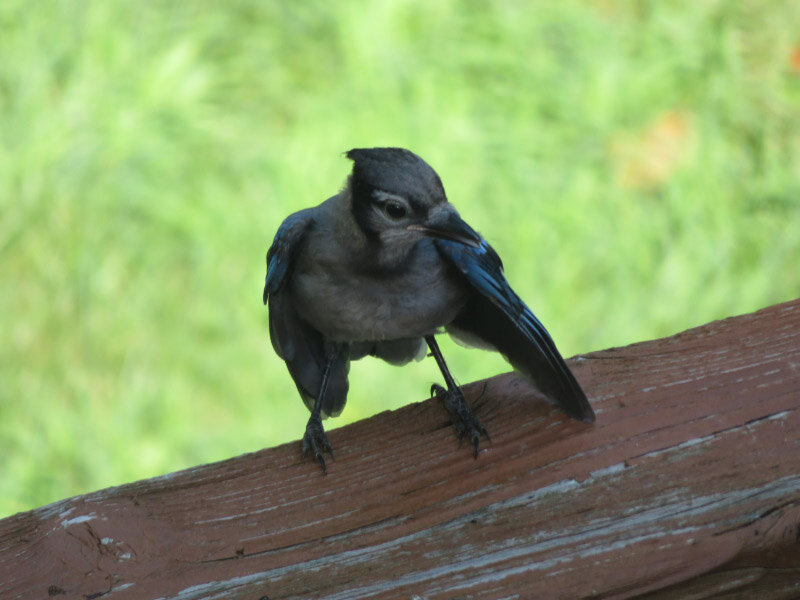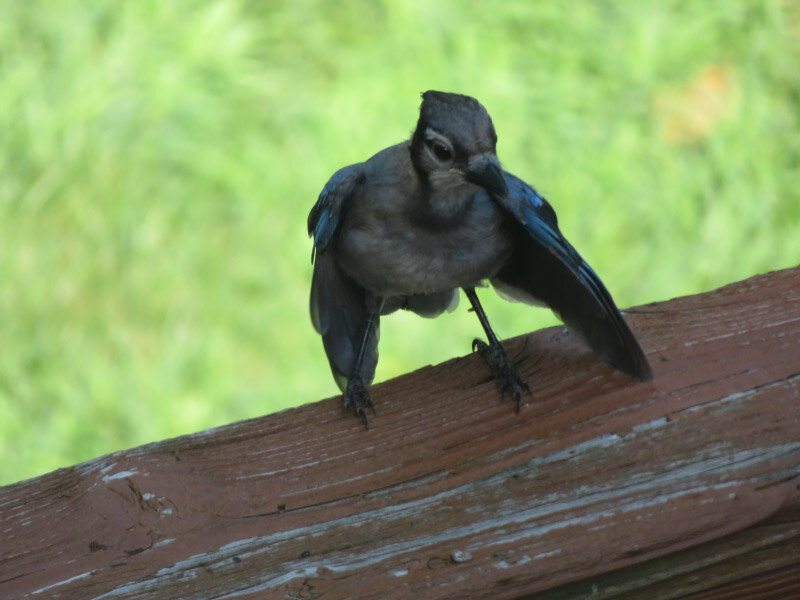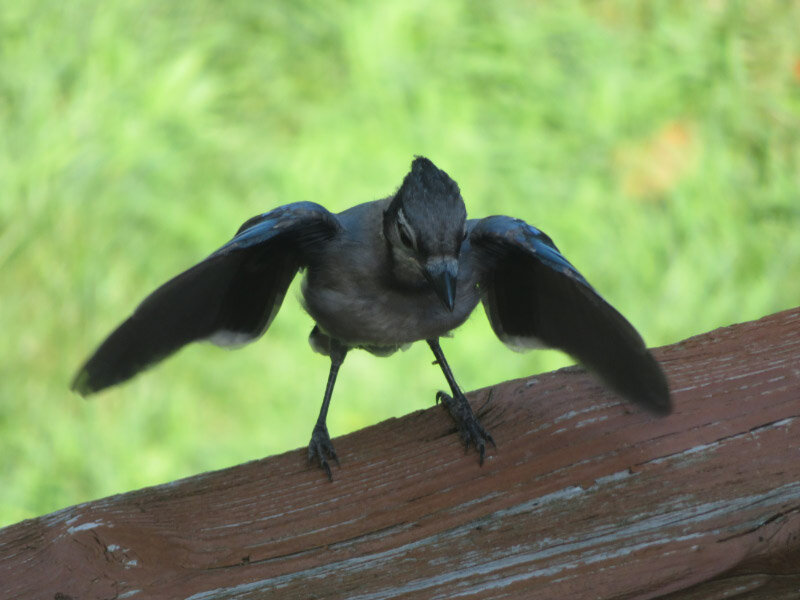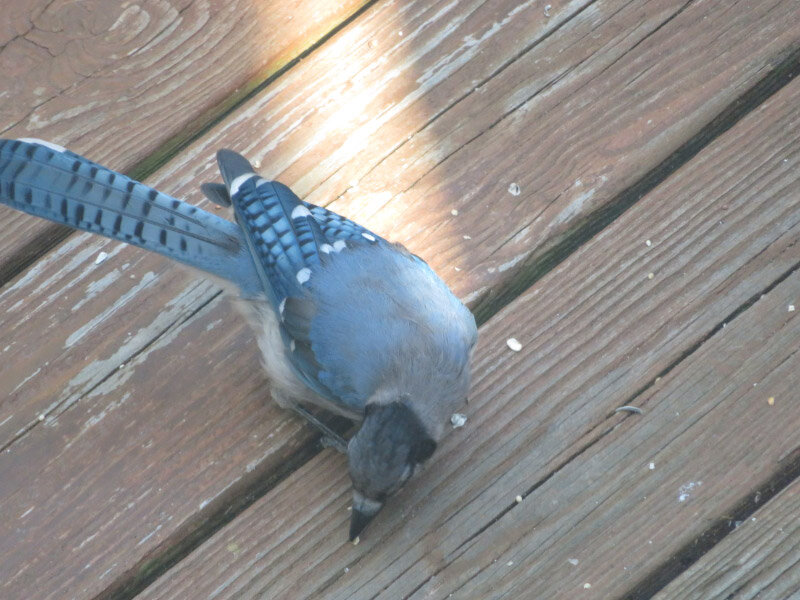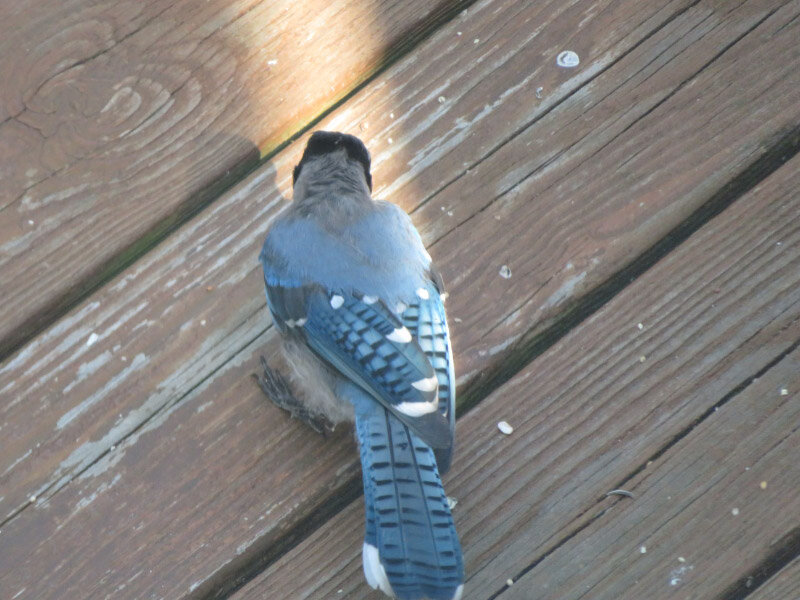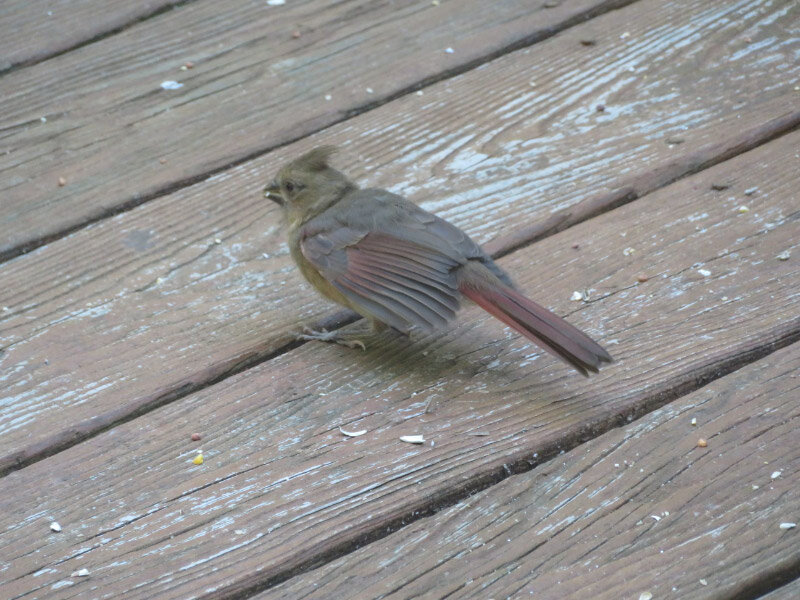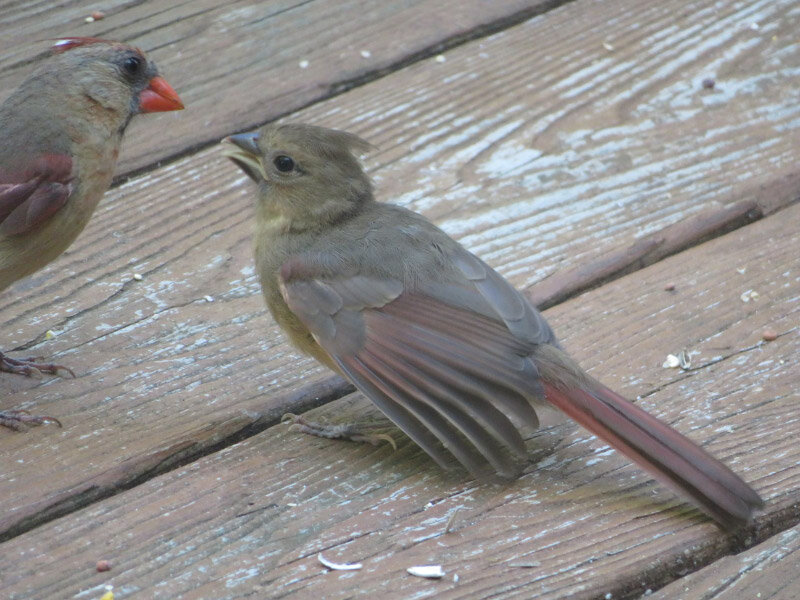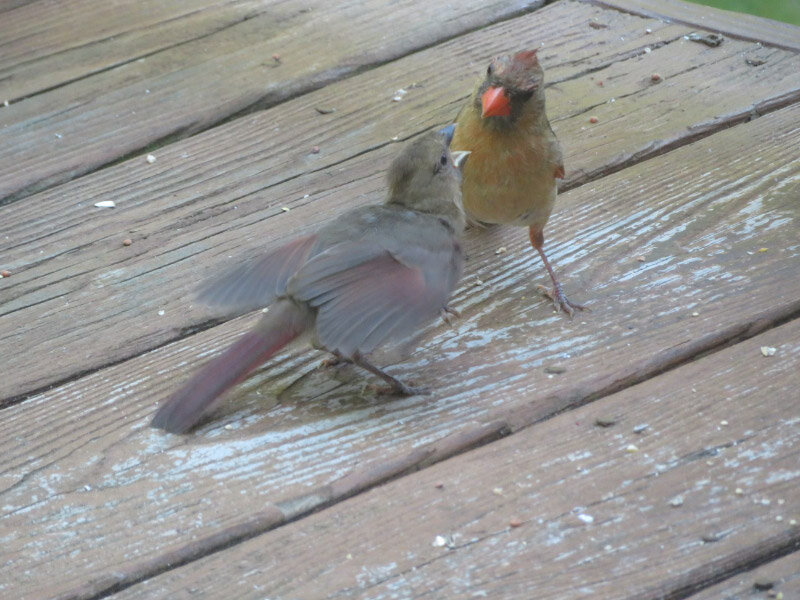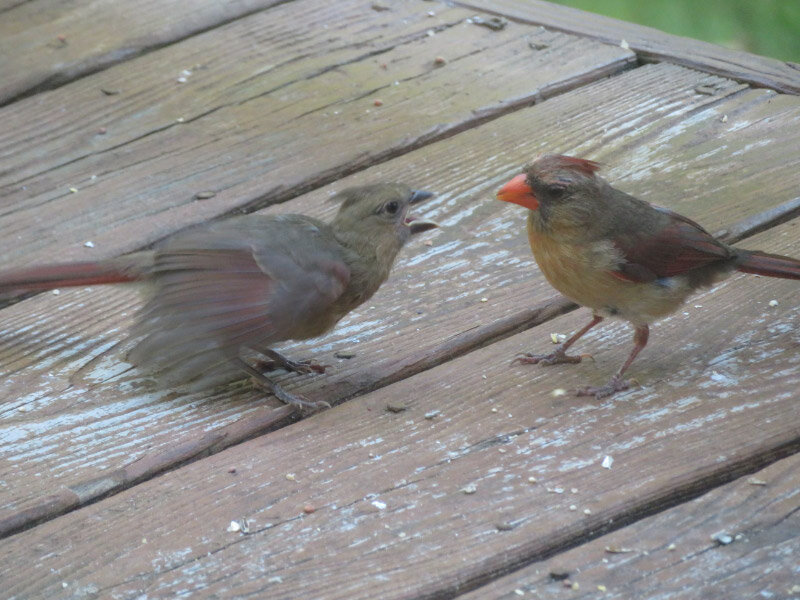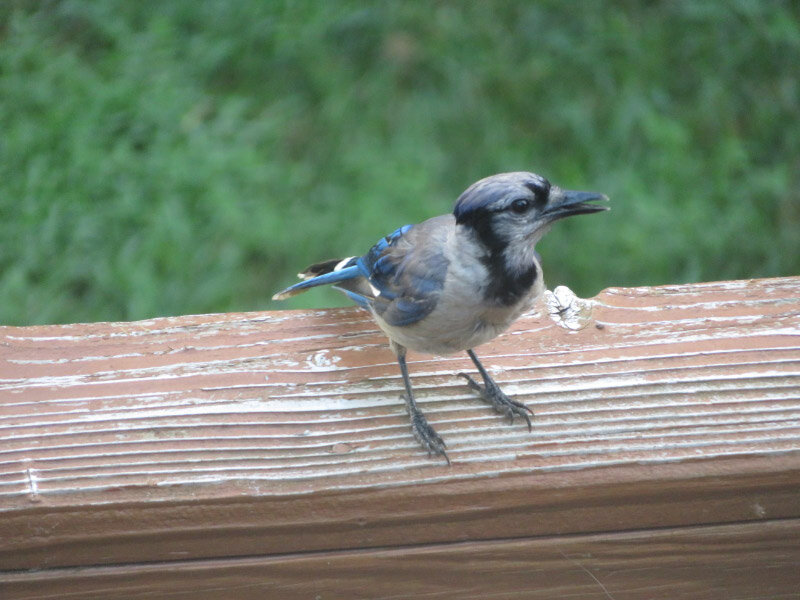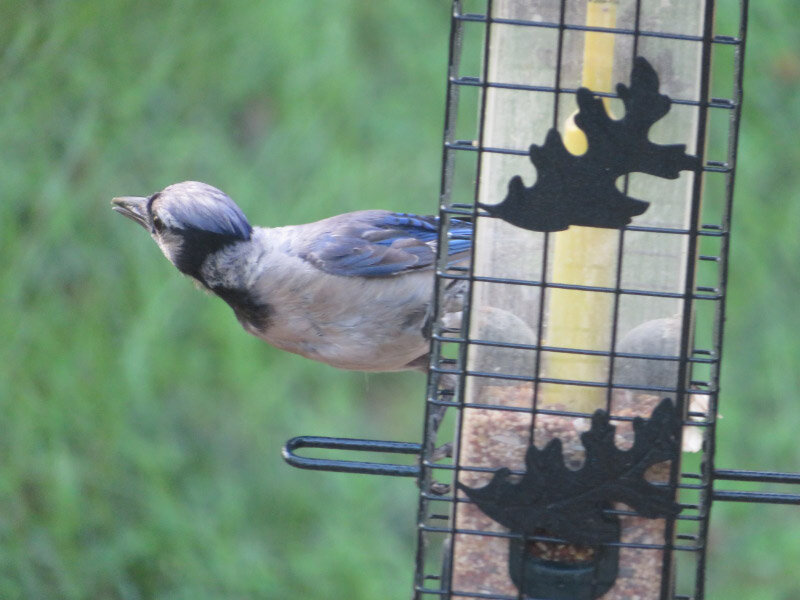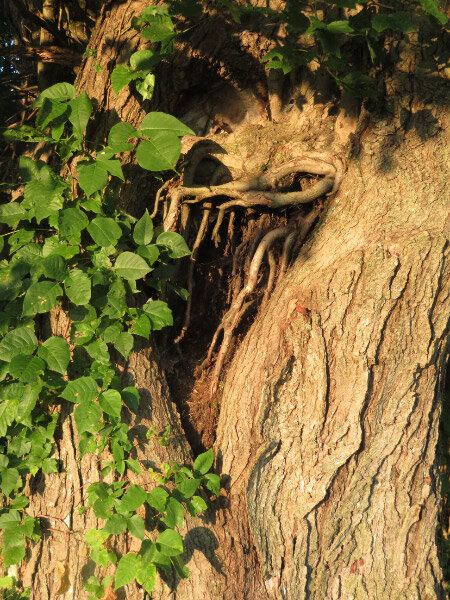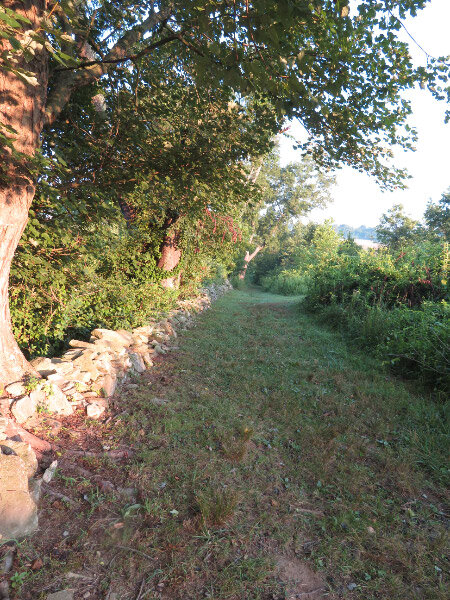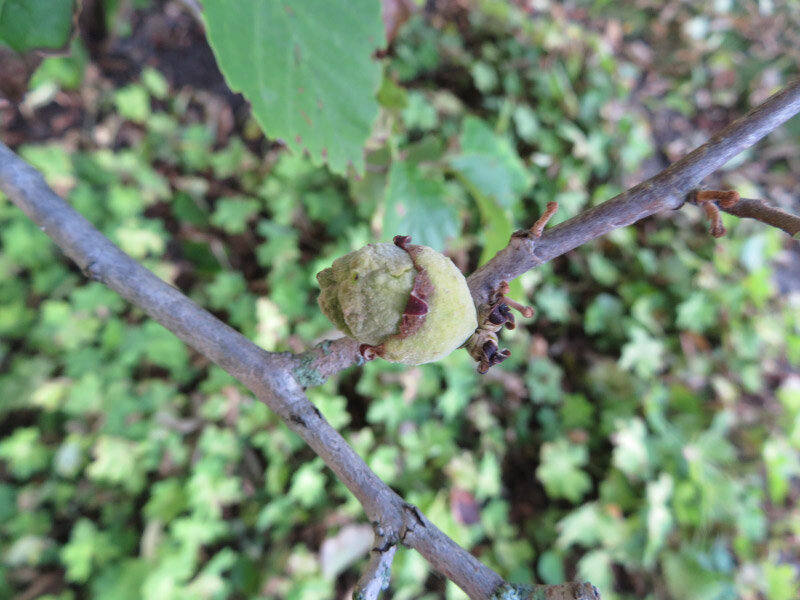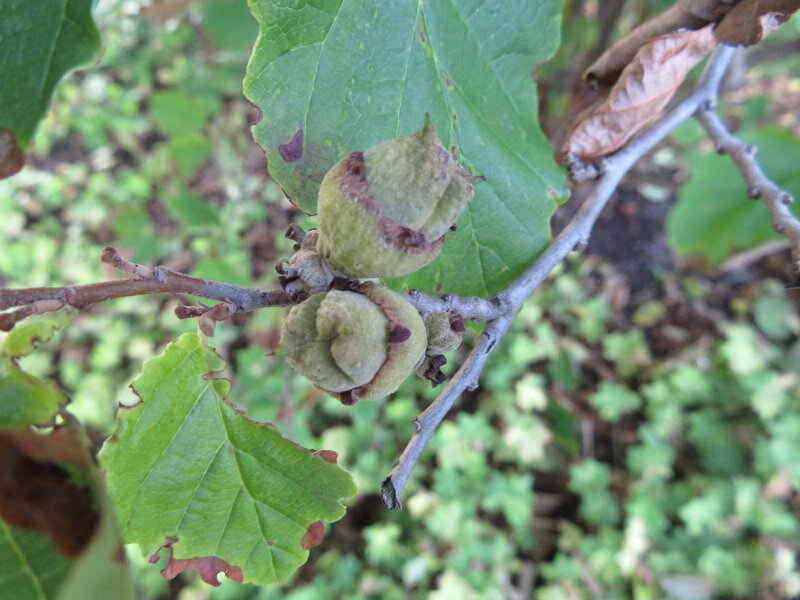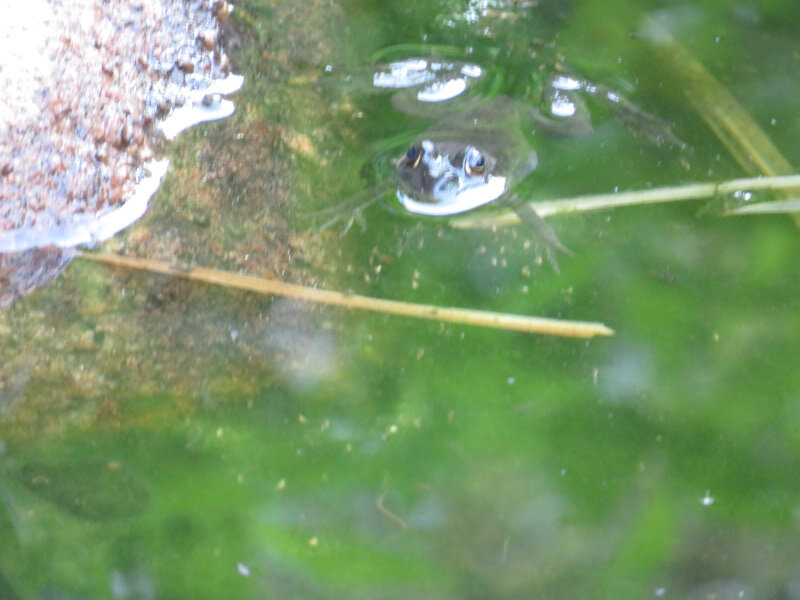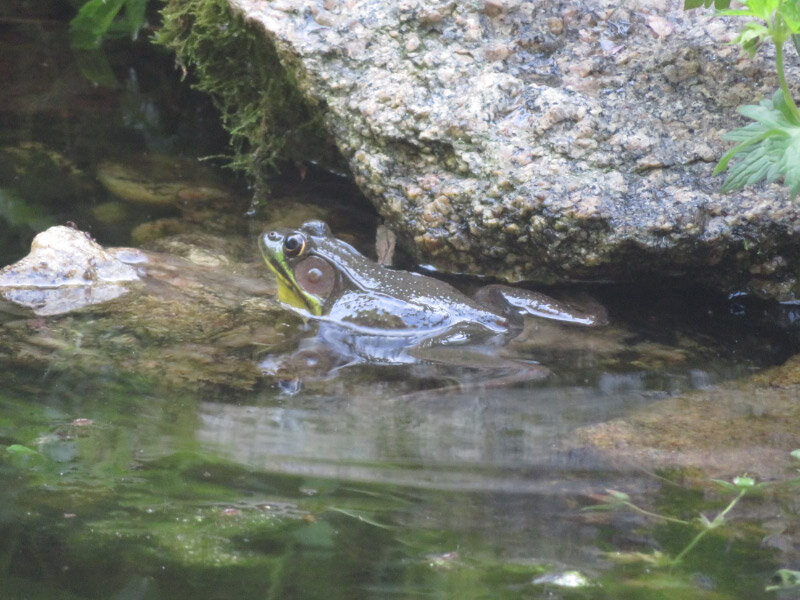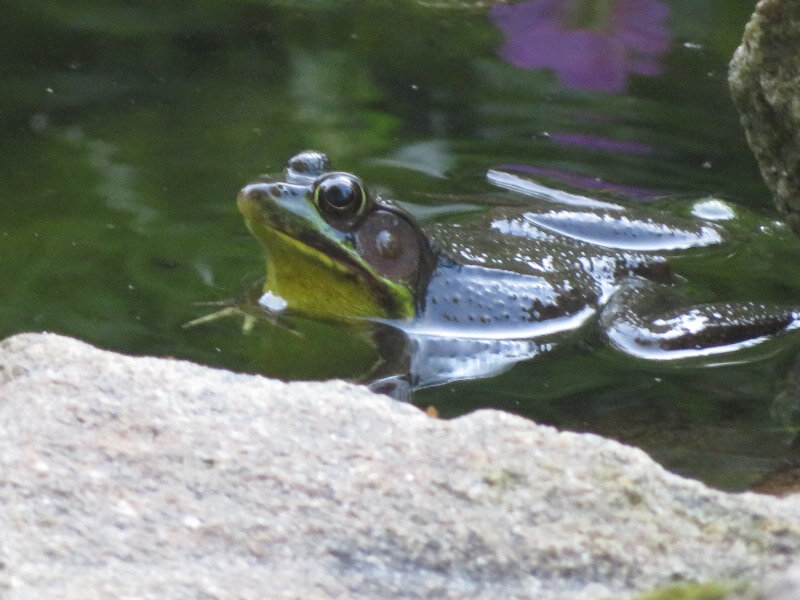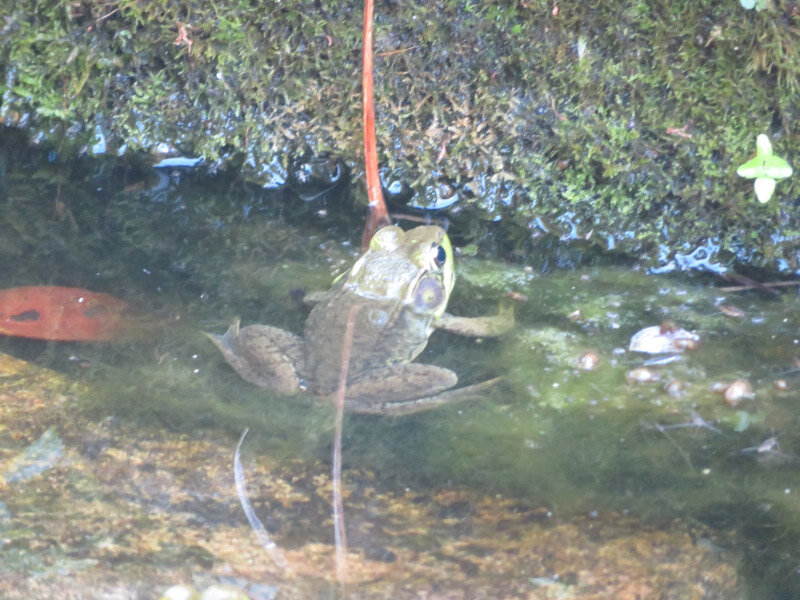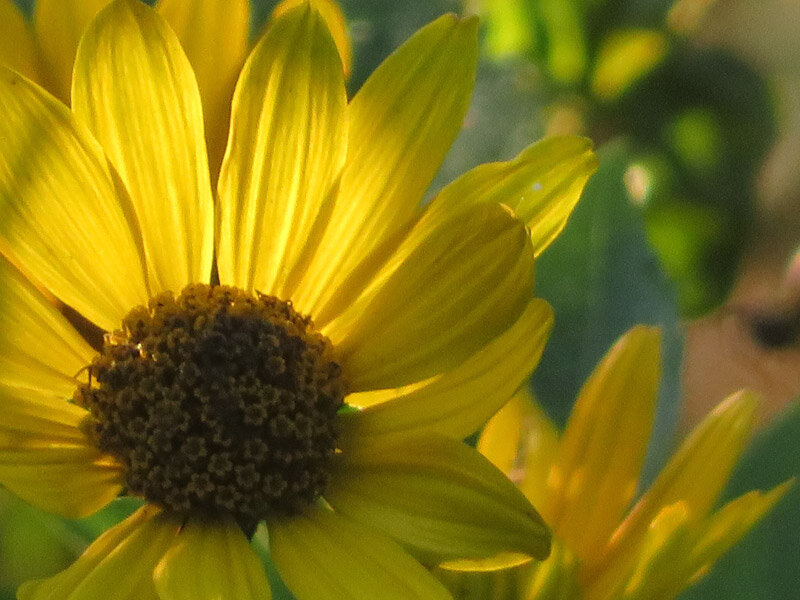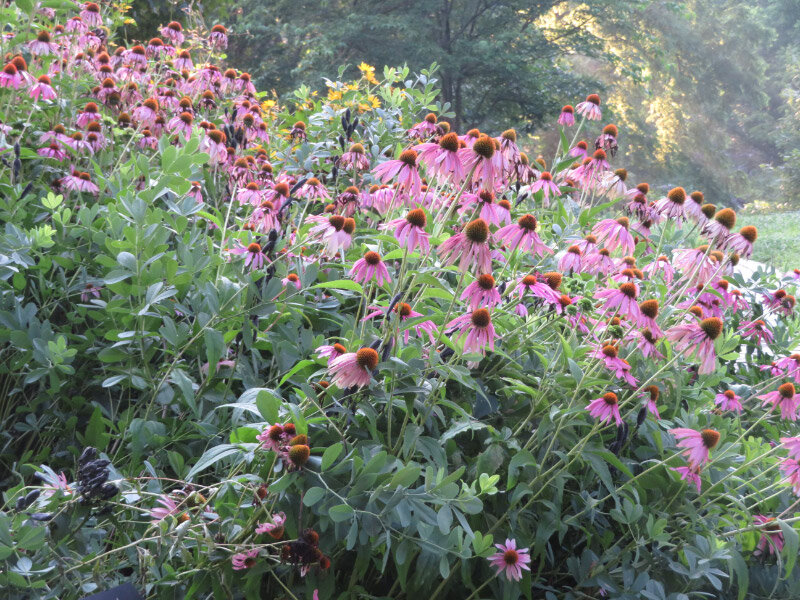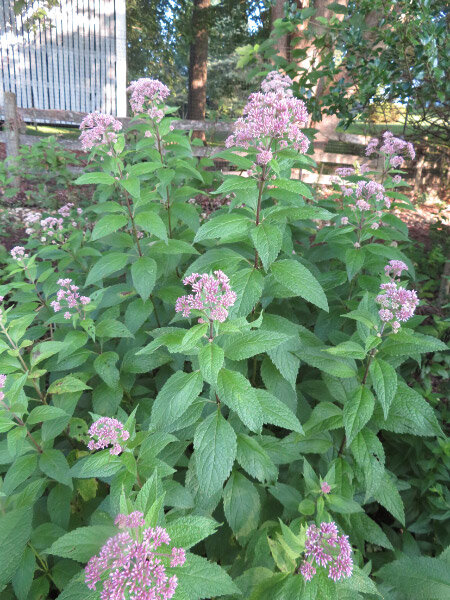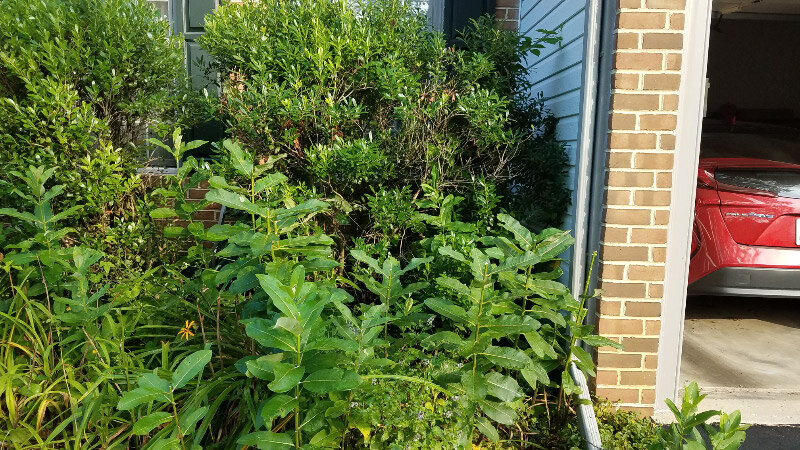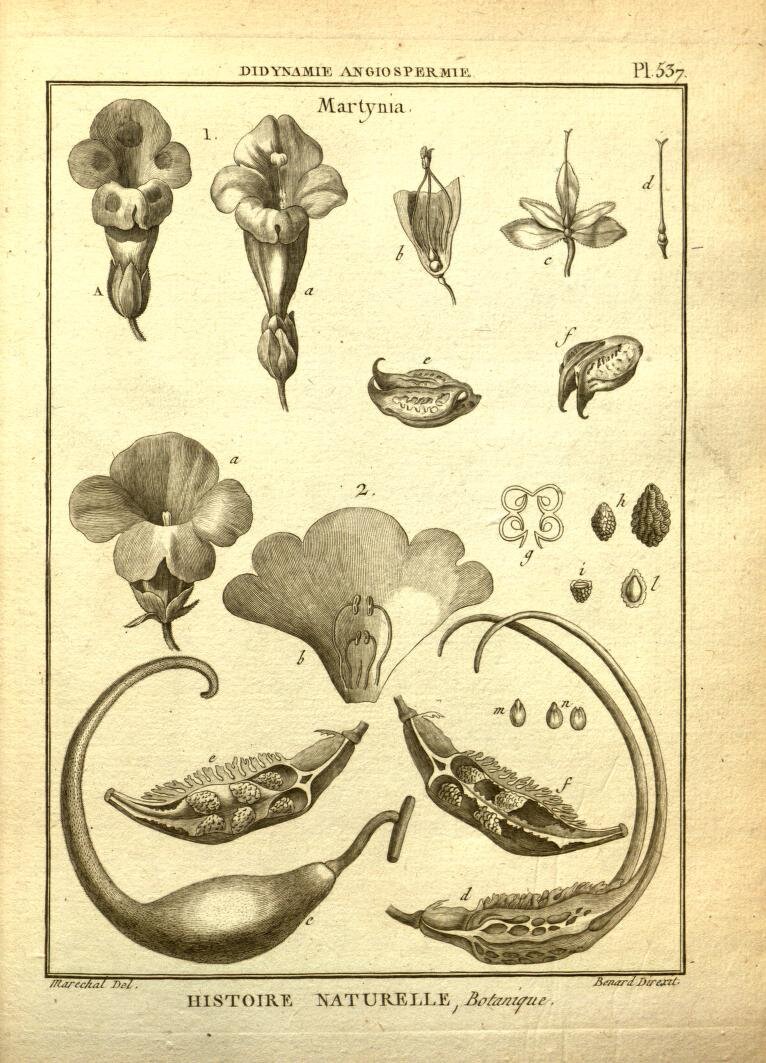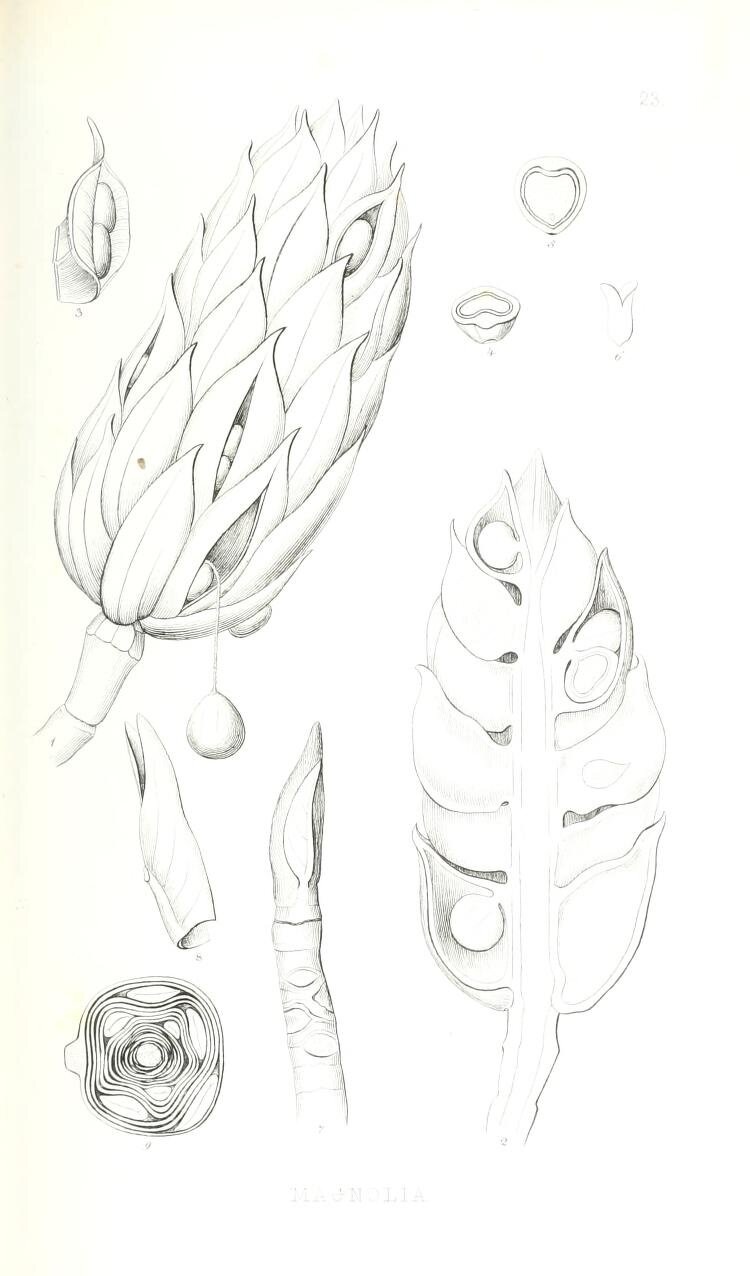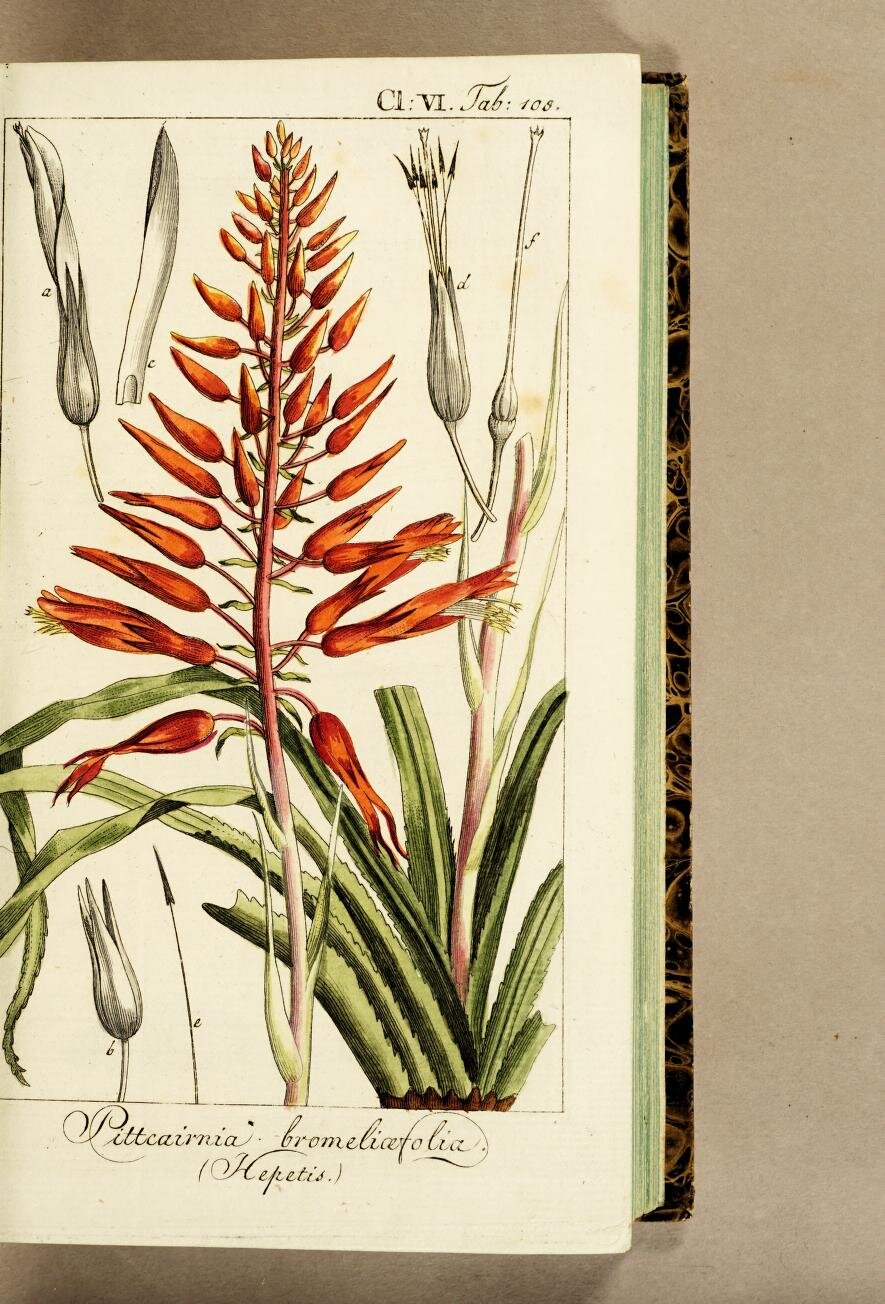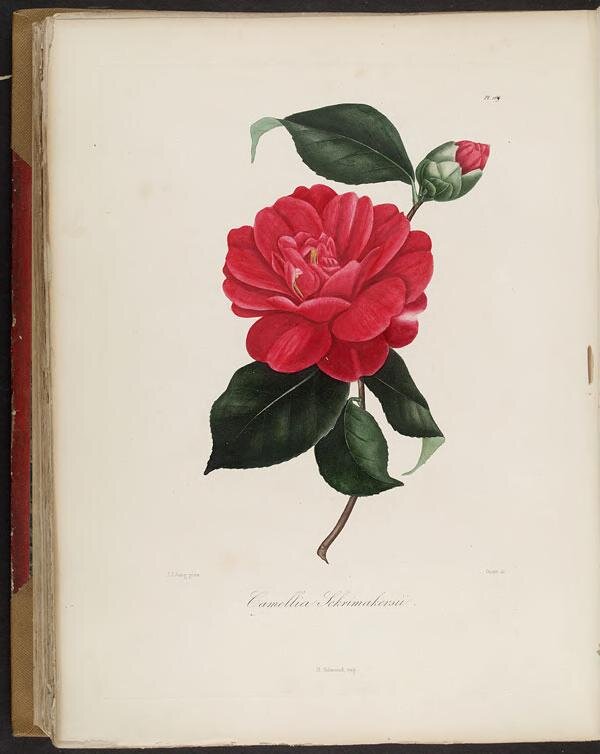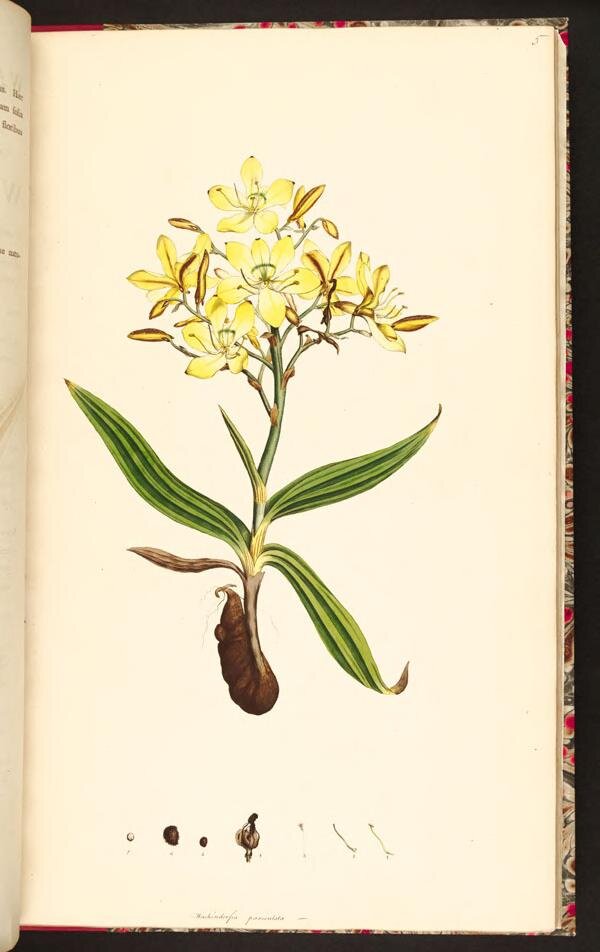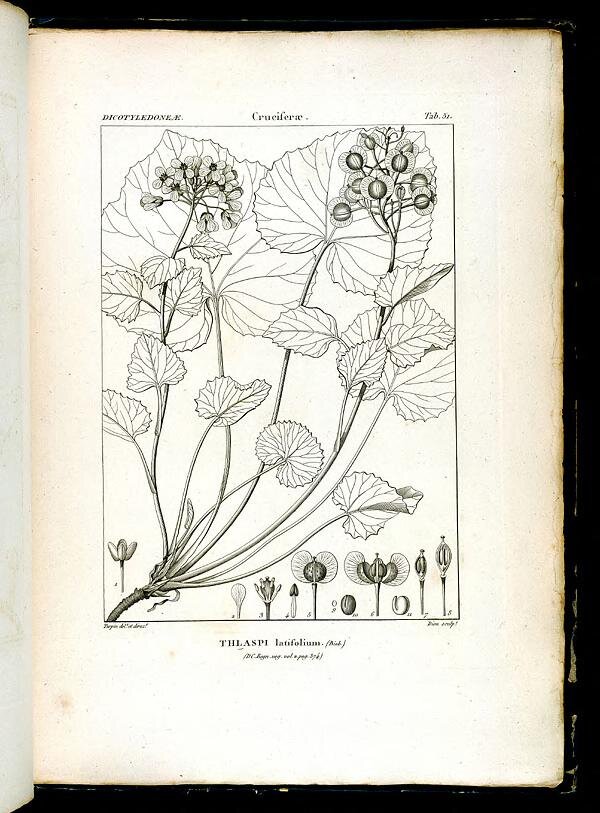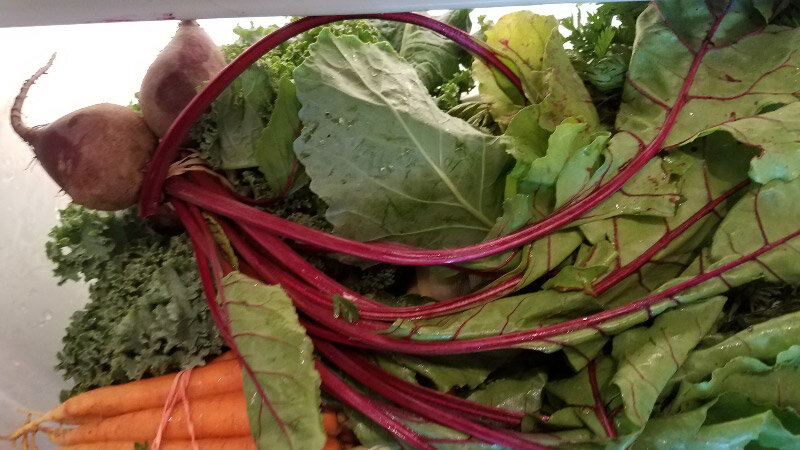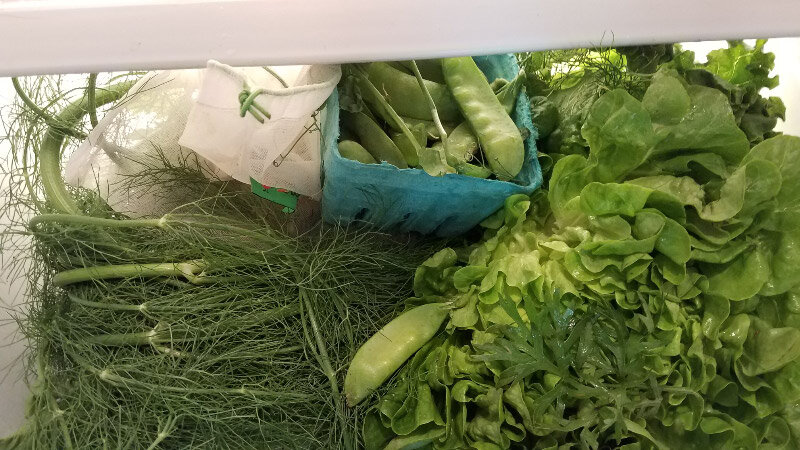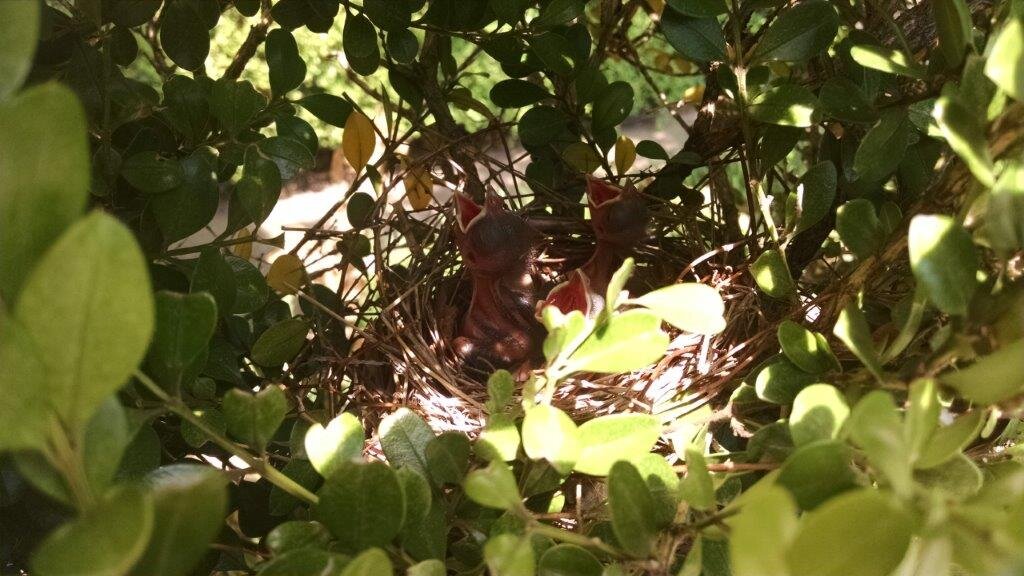Gleanings of the Week Ending August 22, 2020
/The items below were ‘the cream’ of the articles and websites I found this past week. Click on the light green text to look at the article.
Scientists Awaken Deep Sea Bacteria After 100 Million Years | The Scientist Magazine® - Learning more about the durability of microbes in extreme conditions….and thinking about how we look for life elsewhere.
How Ancient Monsoons and Tectonic Shifts Shaped This Flowering Mountain Hotspot | Smart News | Smithsonian Magazine – China’s Hengduan Mountains….a lot of rhododendrons and delphiniums
Idol of the Painted Temple - Archaeology Magazine – Pachacamac in Southern Peru…a place venerated even before the Inca Empire
5,000 Pythons Reportedly Removed from Everglades Ecosystem – A lot of pythons…but still more need to be removed.
How lockdown may have changed your personality - BBC Future – It might not have changed very much or permanently for most people. Most of us are resiliently adapting to lockdown…we’ll bounce back or continue the aspects we developed during this ‘timeout’ that are positive.
Alaska’s Vegetation is Changing Dramatically – The impact is still to be determined but rapid changes are rarely good for ecosystems….they decline because they can’t adjust fast enough to the rate of change.
Bees' buzz is more powerful for pollination, than for defense or flight -- ScienceDaily – There is not just one kind of buzz! And some bees (like honey bees) don’t buzz flowers at all.
Top 25 Birds of the Week: Raptors - The birds of prey…some are powerful looking, some are cute, some a ugly…but that’s just overlaying our stereotyping onto birds like we do with other people.
Why Plastic Waste is an ideal building material – We need a strategy to upcycle all the waste plastic that is accumulating since we don’t seem to be able to wean ourselves from plastic packaging at all.
Grand Canyon's Prehistoric Past Appears In 313-Million-Year-Old Tracks - Sandstone rockfalls….near the trail…first spotted by a Norwegian geology professor on a field trip to the Grand Canyon with his students.
Unique Activities for Yesterday:
Clothes dryer working. Our 20-year-old clothes dryer has a new heating element and the dust/lint has been cleaned out from around the innards. The first loads we did were towels!
Doe and 2 fawns in our back yard. My husband noticed the deer in our back yard in the afternoon. They stayed around long enough for me to get some pictures. In past years we’ve had a doe and 2 fawns in our yard more frequently. This year their main path back into the forest must be through another yard because we haven’t seen them as often…and so it is a special day when we do.
The fawns are good size now, but their spots are still noticeable…not quite as well defined as earlier in the season.






















